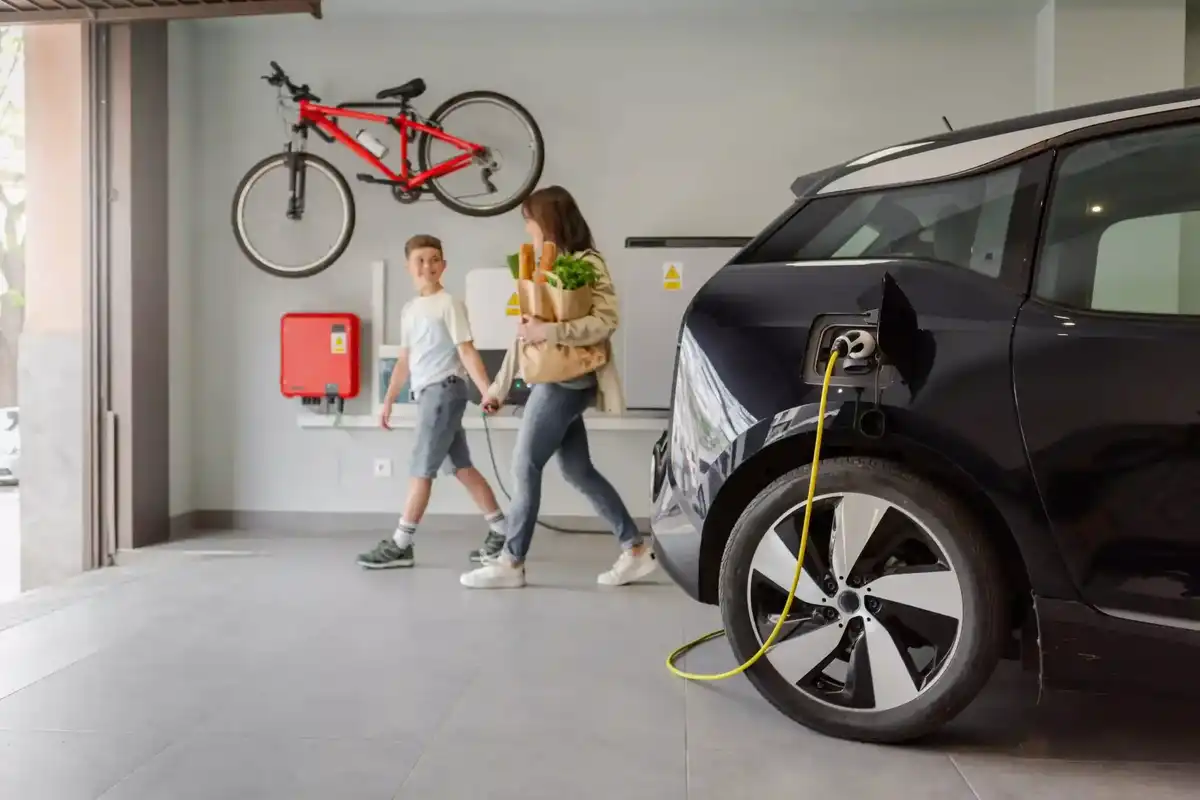Report: Texas shines as top state for new solar, battery capacity
by the numbers
On a state-by-state basis, Texas will account for the biggest share of new utility-scale solar capacity and new battery storage capacity in 2024, a new federal report predicts.
The report, published by the U.S. Energy Information Administration (EIA), says Texas will make up 35 percent of new utility-scale solar capacity in the U.S. this year, followed by California (10 percent) and Florida (six percent).
In 2024, EIA expects a record-setting addition of 36.4 gigawatts of utility-scale solar capacity across the U.S., nearly double last year’s record-setting addition of 18.4 gigawatts. One gigawatt of electric-generating capacity can power an average of 750,000 homes.
“As the effects of supply chain challenges and trade restrictions ease, solar continues to outpace capacity additions from other generating resources,” the report states.
Meanwhile, a new report from the Environment Texas Research & Policy Center and the Frontier Group found that Texas ranks third in the U.S. for residential solar power generation. Residential solar power generation in Texas grew 646 percent from 2017 through 2022, according to the report.
A February 2023 poll conducted by the University of Houston indicated that nearly two-thirds (64 percent) of Texas homeowners are somewhat or very interested in buying a solar energy system.
“Texas is already soaking up the benefits of rooftop solar,” says Luke Metzger, executive director of the Environment Texas center. “With federal tax credits in place to boost solar adoption in Texas, now is the time to lean in. Every sunny roof without solar panels is a missed opportunity.”
In addition to a spike in utility-scale solar, the EIA report forecasts Texas will lead the way this year in the addition of battery storage capacity, with the expected addition of 6.4 gigawatts. In second place is California, with an expected 5.2 gigawatts of new battery storage capacity. The two states will make up 82 percent of new U.S. battery storage capacity in 2024, says the report.
The federal agency predicts 14.3 gigawatts of U.S. battery storage capacity will be tacked on this year to the existing 15.5 gigawatts.
Overall, EIA anticipates solar will make up 58 percent of all new utility-scale electric-generating capacity this year in the U.S., followed by battery storage at 23 percent.








 Air Liquide and Hyundai agreed to expand hydrogen refuelling networks, storage capacity and more at a meeting in Seoul last week. Photo courtesy Air Liquide.
Air Liquide and Hyundai agreed to expand hydrogen refuelling networks, storage capacity and more at a meeting in Seoul last week. Photo courtesy Air Liquide.
